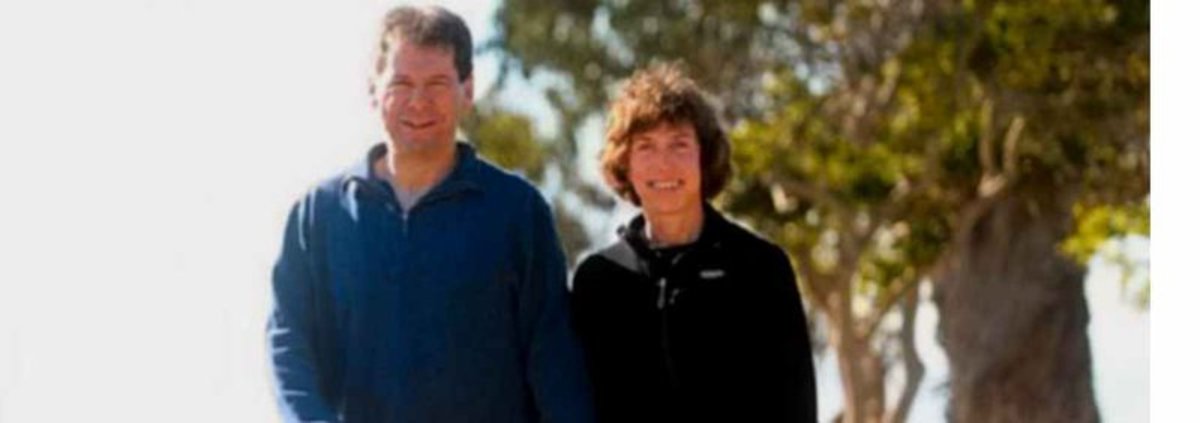Today marks the tenth anniversary of the passing of Hal Finney, a renowned cryptographer and computer scientist who played a pivotal role in the early days of Bitcoin. Finney, who passed away in 2014 due to complications from ALS, is celebrated for his profound contributions to Bitcoin and his foresight into the future potential of the nascent technology.
10 years ago today, Hal Finney passed away.
Finney was the recipient of the first ever Bitcoin transaction, receiving 10 #BTC from Satoshi Nakamoto.
Today, we are all running #Bitcoin 🧡 pic.twitter.com/iRxgwQVNR7
— Bitcoin Magazine (@BitcoinMagazine) August 28, 2024
Early in Finney’s career he worked as a video game developer before he joined PGP Corporation, where he worked on early public-key cryptography software. His interest in digital privacy led him to the cypherpunks mailing list, where he collaborated with other pioneers in the field. In 2004, Finney created the world’s first reusable proof-of-work (RPOW) system, a precursor to the proof-of-work consensus mechanism that underpins Bitcoin.
However, Finney is perhaps best known for his early involvement with Bitcoin. As one of the first to recognize the revolutionary potential of Satoshi Nakamoto’s creation, Finney became an active participant in the project. He famously received the first Bitcoin transaction from Nakamoto himself and contributed to the development of the protocol. His 2009 tweet, “Running bitcoin,” remains an iconic moment in Bitcoin history.
14 years ago today, cryptographer Hal Finney made the first #Bitcoin tweet ever 🧡
RIP Hal 🙏 pic.twitter.com/zsCsKEiGnO
— Bitcoin Magazine (@BitcoinMagazine) January 10, 2023
Despite being diagnosed with ALS in 2009, Finney continued to contribute to Bitcoin, using eye-tracking software to code even as the disease progressed. His resilience and dedication have left an indelible mark on the world and those interested in Bitcoin. “Today, I am essentially paralyzed. I am fed through a tube, and my breathing is assisted through another tube,” Finney published on the Bitcoin Talk Forum on March 19, 2013. “It’s been an adjustment, but my life is not too bad… I still love programming and it gives me goals… I’m comfortable with my legacy.”
As the community reflects on his legacy, here is one of the only known recorded videos of Finney speaking at the Crypto 98 conference, discussing zero-knowledge proofs, shedding light on his pioneering work on cryptographic protocols.
✨New video of #Bitcoin pioneer Hal Finney unearths a 25-year-old talk on zero-knowledge crypto
The 1st time I've ever heard him speak 🧡 pic.twitter.com/SkGrnae81L
— The Bitcoin Historian (@pete_rizzo_) September 20, 2023
Credit: Source link































